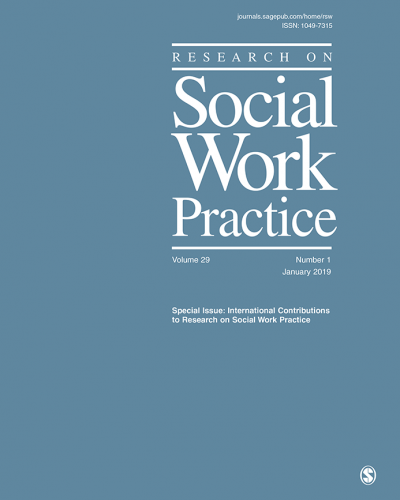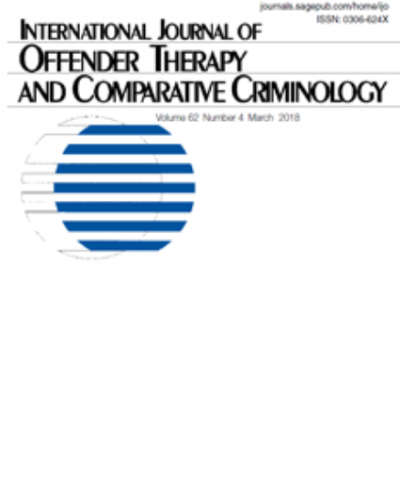
Effects of Correctional-Based Programs for Female Inmates: A Systematic Review
Published:
| Author: Stephen Tripodi, Sarah E. Bledsoe, Johnny S. Kim, Kimberly Bender
Objective: To examine the effectiveness of interventions for incarcerated women. Method: The researchers use a two-model system: the risk-reduction model for studies analyzing interventions to reduce recidivism rates, and the enhancement model for studies that target psychological and physical well-being. Results: Incarcerated women who participate in substance abuse interventions appear less likely to reoffend than those who do not participate. Enhancement model studies report mixed results.
Category: Incarcerated Women, In-Prison Intervention

Is Employment Associated With Reduced Recidivism?: The Complex Relationship Between Employment and Crime
Published:
| Author: Stephen Tripodi, Johnny S. Kim, Kimberly Bender
This article explores the association between employment and recidivism for parolees released from Texas prisons. Along with determining whether obtaining employment on release from prison is associated with decreased odds of reincarceration, this article analyzes whether obtaining employment is associated with increased time to reincarceration. Proportional hazard models were used to examine the effect of employment on reincarceration over time. This analysis allowed a unique view of desistance from crime as a process of behavioral change with multiple stages.

